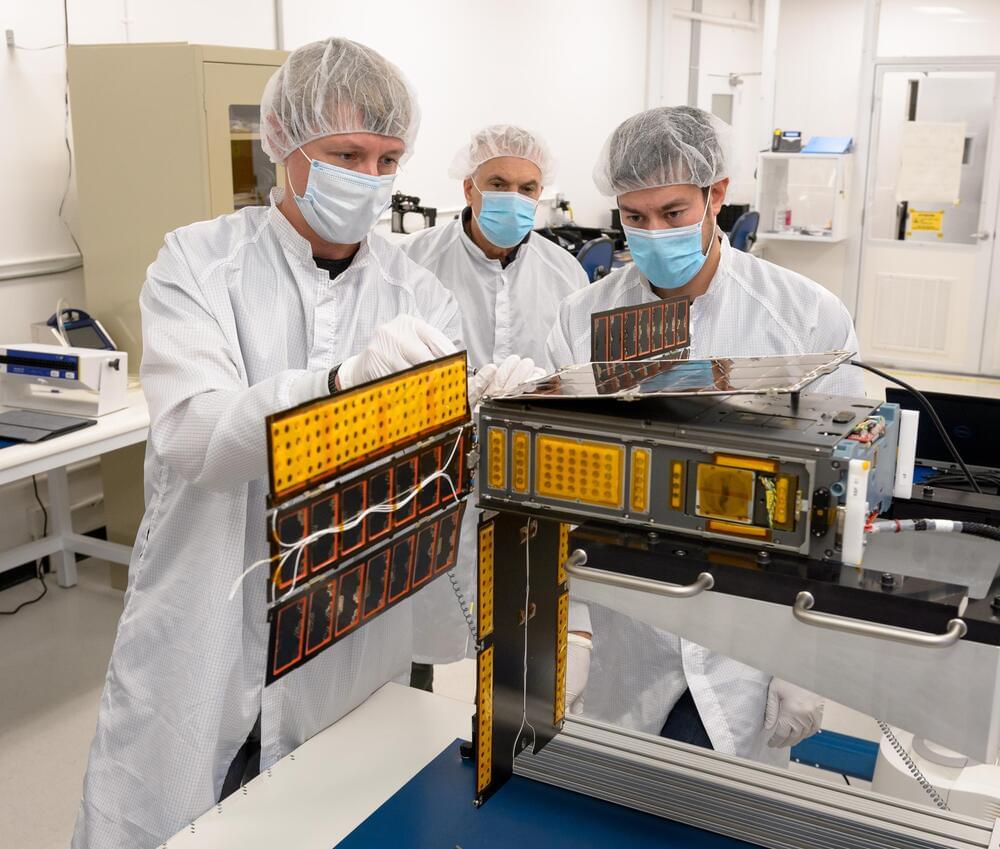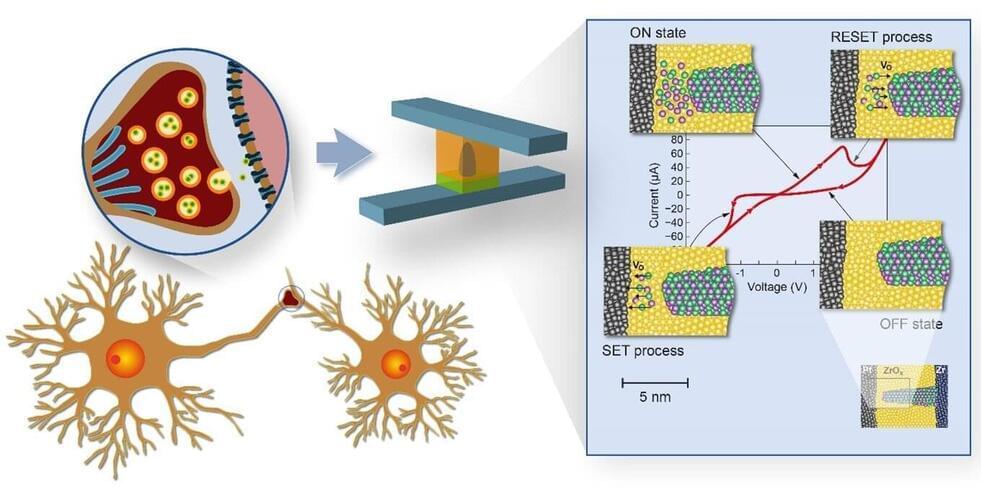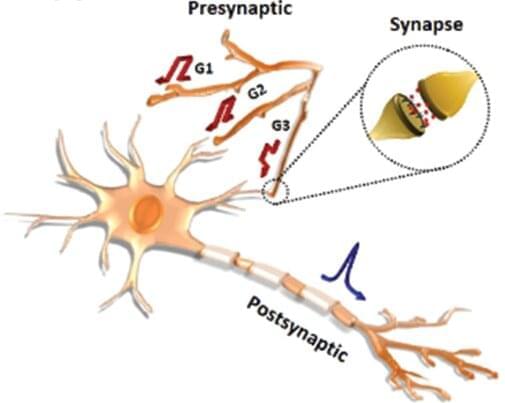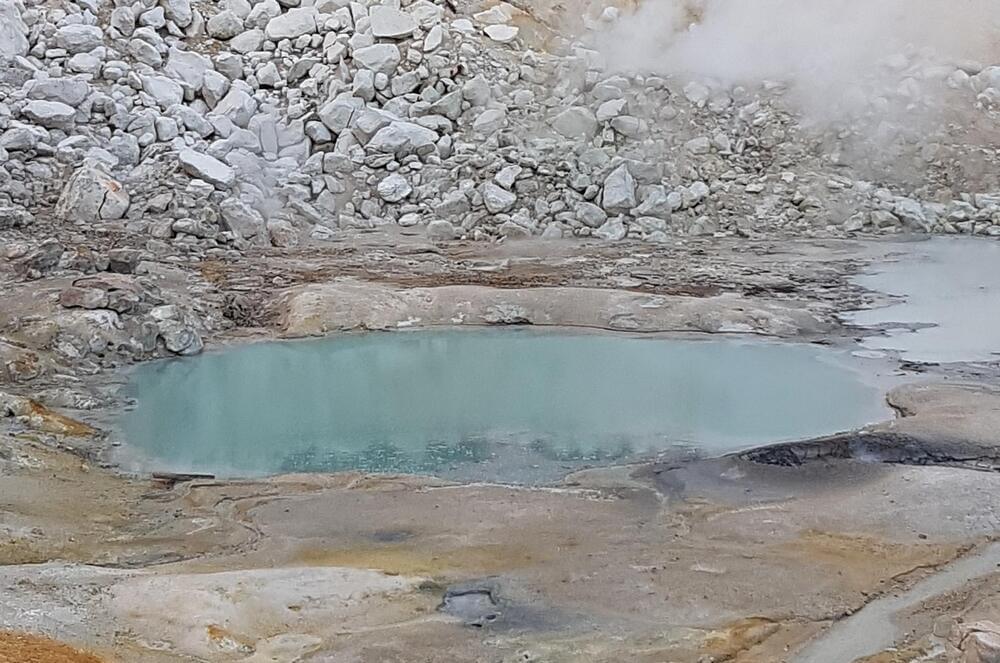Circa 2018 face_with_colon_three
A paper published in 2017 appeared to show a limited quantum effect in bacteria. Now scientists argue that something much weirder happened.
Circa 2018 face_with_colon_three
A paper published in 2017 appeared to show a limited quantum effect in bacteria. Now scientists argue that something much weirder happened.
With the launch of NASA’s Artemis I mission to the Moon just days away, Emma the Space Gardener has put together a guide covering the highlights of the mission for space gardeners. Learn about the space biology experiments on their way to their Moon, the seeds stashed away in the Orion capsule, and more!


Its Biosentinel mission will launch aboard Artemis I.
NASA’s sending living cells to deep space for the first time. The BioSentinel mission will be the first long-duration biology experiment in deep space, a NASA post.
BioSentinel will monitor the growth and activity of yeast cells as they get bombarded by high-energy radiation particles in deep space and beam the data back to NASA researchers on Earth to help safeguard astronaut heath.

Certain tasks—such as recognizing patterns and language—are performed highly efficiently by a human brain, requiring only about one ten-thousandth of the energy of a conventional, so-called “von Neumann” computer. One of the reasons lies in the structural differences: In a von Neumann architecture, there is a clear separation between memory and processor, which requires constant moving of large amounts of data. This is time-and energy-consuming—the so-called von Neumann bottleneck. In the brain, the computational operation takes place directly in the data memory and the biological synapses perform the tasks of memory and processor at the same time.
In Forschungszentrum Jülich, scientists have been working for more than 15 years on special data storage devices and components that can have similar properties to the synapses in the human brain. So-called memristive memory devices, also known as memristors, are considered to be extremely fast and energy-saving, and can be miniaturized very well down to the nanometer range. The functioning of memristive cells is based on a very special effect: Their electrical resistance is not constant, but can be changed and reset again by applying an external voltage, theoretically continuously. The change in resistance is controlled by the movement of oxygen ions. If these move out of the semiconducting metal oxide layer, the material becomes more conductive and the electrical resistance drops. This change in resistance can be used to store information.
The processes that can occur in cells are complex and vary depending on the material system. Three researchers from the Jülich Peter Grünberg Institute—Prof. Regina Dittmann, Dr. Stephan Menzel, and Prof. Rainer Waser—have therefore compiled their research results in a detailed review article, “Nanoionic memristive phenomena in metal oxides: the valence change mechanism.” They explain in detail the various physical and chemical effects in memristors and shed light on the influence of these effects on the switching properties of memristive cells and their reliability.
00:00 Intro.
01:12 Elon Musk on psychedelics/ MDMA
01:58 Tim Urban on brain-machine interfaces.
02:46 Domino’s mind ordering app.
04:48 Elon tweet: digital vs biological.
05:47 Head Neurosurgeon, Dr. Matthew MacDougall.
08:02 Shivon Zilis & Elon Musk twins!!
09:05 Neuralink founder, Paul Merolla departs.
11:17 https://neuralink.com/careers/
11:35 DeepMind Documentary: https://youtu.be/kFlLzFuslfQ
Patreon: https://www.patreon.com/neurapod/
Neura Pod is a series covering topics related to Neuralink, Inc. Topics such as brain-machine interfaces, brain injuries, and artificial intelligence will be explored. Host Ryan Tanaka synthesizes informationopinions, and conducts interviews to easily learn about Neuralink and its future.
Please consider supporting by joining the channel above, or sharing my other company website with retirees: https://www.reterns.com/. Opinions are my own. Neura Pod receives no compensation from Neuralink and has no affiliation to the company.
Scripted/ voiced by: Ryan Tanaka.
Edited by: Omar Olivares.
#Neuralink #ElonMusk #Tesla


Advances in artificial-intelligence-based technologies have led to an astronomical increase in the amounts of data available for processing by computers. Existing computing methods often process data sequentially and therefore have large time and power requirements for processing massive quantities of information. Hence, a transition to a new computing paradigm is required to solve such challenging issues. Researchers are currently working towards developing energy-efficient neuromorphic computing technologies and hardware that are capable of processing massive amounts of information by mimicking the structure and mechanisms of the human brain.
The Korea Institute of Science and Technology (KIST) has reported that a research team led by Dr. Jung ah Lim and Dr. Hyunsu Ju of the Center for Opto-electronic Materials and Devices has successfully developed organic neurofiber transistors with an architecture and functions similar to those of neurons in the human brain, which can be used as a neural network. Research on devices that can function as neurons and synapses is needed so that large-scale computations can be performed in a manner similar to data processing in the human brain. Unlike previously developed devices that act as either neurons or synapses, the artificial neurofiber transistors developed at KIST can mimic the behaviors of both neurons and synapses. By connecting the transistors in arrays, one can easily create a structure similar to a neural network.
Biological neurons have fibrous branches that can receive multiple stimuli simultaneously, and signal transmissions are mediated by ion migrations stimulated by electrical signals. The KIST researchers developed the aforementioned artificial neurofibers using fibrous transistors previously developed by them in 2019. They devised memory transistors that remember the strengths of the applied electrical signals, similar to synapses, and transmit them via redox reactions between the semiconductor channels and ions within the insulators upon receiving the electrical stimuli from the neurofiber transistors. These artificial neurofibers also mimic the signal summation functionality of neurons.

Why do some animals live longer than others?
Is aging inevitable, like the rusting of a tin can, or in some sense preprogrammed?
The answers to these questions could drastically improve human health. My latest piece for BioViva Sciences is a concise overview of the comparative biology of aging.
From oversexed marsupials to happy axolotls, the piece covers a lot of ground.
Certain sections could have been fleshed out further, but the piece was already getting long for Medium.
What is aging? Why do some animals live longer than others? What causes different lifespan? What can we learn from the comparative biology of aging?

Circa 2017
There are many theories about how life evolved on the planet Earth, from formation under a layer of ice, protected from the UV radiation above, to vents in the deep sea that provided hydrogen-rich molecules. But now one team of scientists has found quantitative results that support a theory that is literally out of this world. Organic molecules from meteorites that landed in small, warm pools of water may have delivered the ingredients necessary for life to form on Earth.
The team reached this conclusion through a mathematical model. They took data about planet formation, geology, biology and chemistry and inputted these factors into a grand quantitative model they had designed. Their results support the theory that RNA polymers formed in small, warm ponds of water. Meteorites contributed to this process by transferring enough organic molecules to these pools to ensure that RNA started self-replicating in at least one pool.
What’s more, the team discovered that, according to their calculations, life may have have begun on Earth rather early. The process may have started just a few hundred million years after the planet cooled sufficiently to support liquid surface water. The results were published in Proceedings of the National Academy of Sciences.